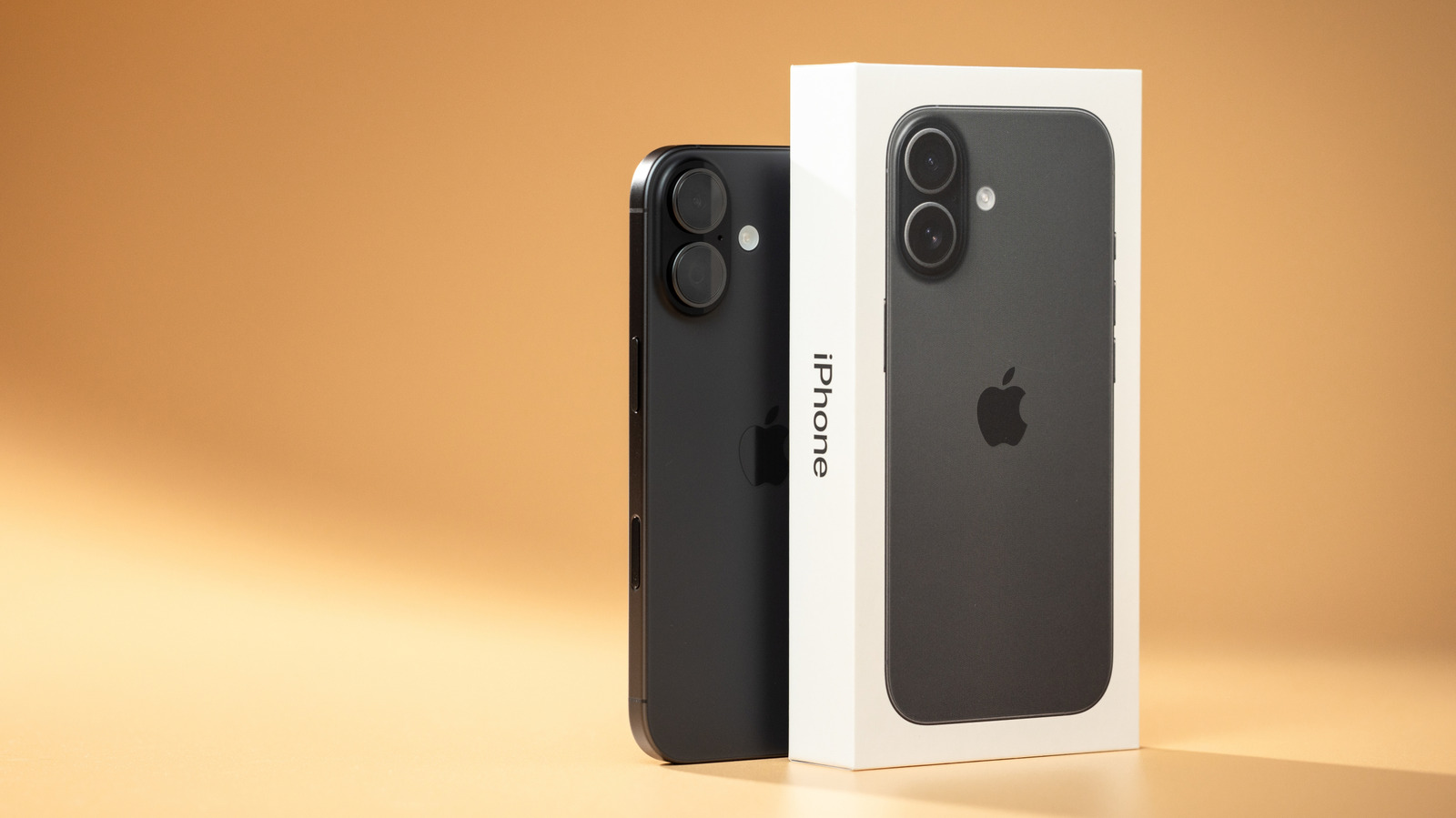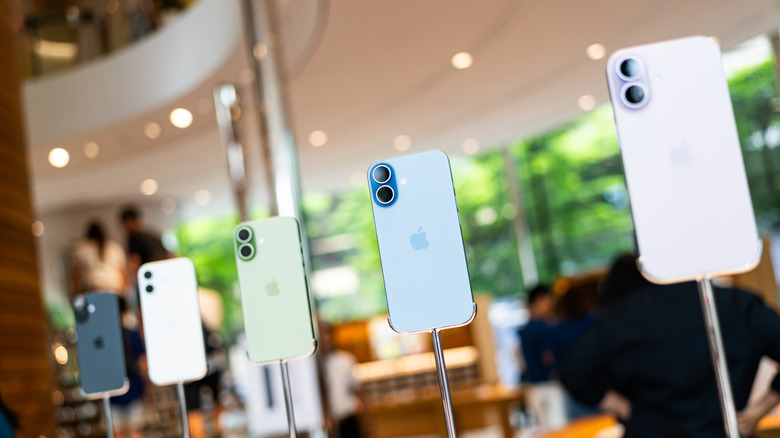The release of the iPhone 17 series brought a lot of excitement for tech enthusiasts, and for good reason. On the software side, the major iOS update showcased an all-new system design — the Liquid Glass — that made the interface look alive. There’s even new customization and productivity features in the Home and Lock Screens, Files app, Camera Control button, and Phone and Messages, among others.
On the hardware side, Apple integrated some promising enhancements too. For instance, the iPhone 17 is equipped with the latest-generation six-core A19 processor that keeps the device performing efficiently throughout the day. The iPhone’s front camera also got upgraded with Center Stage functionality for better selfies. Plus, its 6.3″ Super Retina XDR display now comes with a 120Hz adaptive refresh rate, unlike the iPhone 16.
But the one iPhone 17 feature you probably care about the most is the battery life. Based on Apple’s spec sheet, the phone should last you over 24 hours of video playback. That might sound impressive, but compared to other major phones in the market, the iPhone 17’s battery doesn’t exactly measure up. Here’s how it stacks up against rival flagships.
iPhone 17 versus other flagships in battery life
When it comes to battery capacity and expected runtime, the iPhone 17 pales in comparison to the flagship Android models from other major smartphone brands. It only comes with a 3,692 mAh battery, according to reports, while Samsung Galaxy S25 is powered by 4,000 mAh, Google Pixel 10 by 4,970 mAh, OnePlus 13 by 6,000 mAh, Nothing Phone (3) by 5,150 mAh, and Xiaomi 15 by 5,240 mAh.
Runtime-wise, Apple claims that the iPhone 17’s battery can provide up to 30 hours of video playback or 27 hours of video streaming, both tested with bluetooth headphones. In real-world use, though, this figure is significantly lower — a little over six hours according to PhoneArena’s battery life estimate, 7 hours and 41 minutes from a test by YouTuber Techmo, and around 13 hours from YouTuber SimplyPops. Here’s a breakdown of the battery life of other major phones, based on official drain tests and third-party reviews, respectively:
- Galaxy S25: 29 hours of video and audio playback officially; 7 hours and 6 minutes from PhoneArena and roughly 7 hours and 25 minutes according to Techmo.
- Pixel 10: 24+ hours of regular use; 7 hours and 16 minutes from PhoneArena and 8 hours and 11 minutes from Techmo.
- OnePlus 13: No official test mentioned; 7 and a half hours from PhoneArena and 10 hours and 2 minutes from YouTuber TechNick.
- Phone (3): No official test mentioned; 6 hours and 45 minutes from PhoneArena and 9 hours and 34 minutes from TechNick.
- Xiaomi 15: 25 hours of video playback officially; 7 hours and 18 minutes from PhoneArena and 7 hours and 58 minutes from Techmo.
All that being said, iPhone 17 noticeably lags behind its competitors in terms of battery life.
iPhone 17 versus other flagships in battery charging time
Besides battery performance, the charging speed of the iPhone 17 is also different from that of other major phones. With fast charging, it can go from 0 to 50% in just 20 minutes when using a 40W USB-C charger, or in 30 minutes with a MagSafe Charger paired with a 30W adapter. As per PhoneArena’s charging test, the iPhone 17 takes 1 hour and 16 minutes to reach 100% with the 40W charger. In comparison, these are the charging times for the other major phones as reported by PhoneArena’s charging test:
- Galaxy S25: 54% in ~30 minutes using 25W USB-C charger and 3A cable; 100% in 1 hour and 22 minutes.
- Pixel 10: 50% in ~30 minutes with 30W USB-C PPS adapter; 100% in 1 hour and 29 minutes.
- OnePlus 13: 100% charge in 43 minutes using 100W wired fast charger; 41% in 30 minutes and 100% in 1 hour 29 minutes using a 50W wireless adapter.
- Phone (3): 62% in 30 minutes and 100% in ~61 minutes paired with a 65W charger.
- Xiaomi 15: 75% in 30 minutes and 100% in 50 minutes using the 90W adapter.
If the iPhone 17’s charging time feels too slow for you, there are some tips and tricks to help you charge your iPhone faster. For one, take advantage of the Low Power Mode. Moreover, make sure your device isn’t too cold or too hot to ensure the battery charges optimally.













